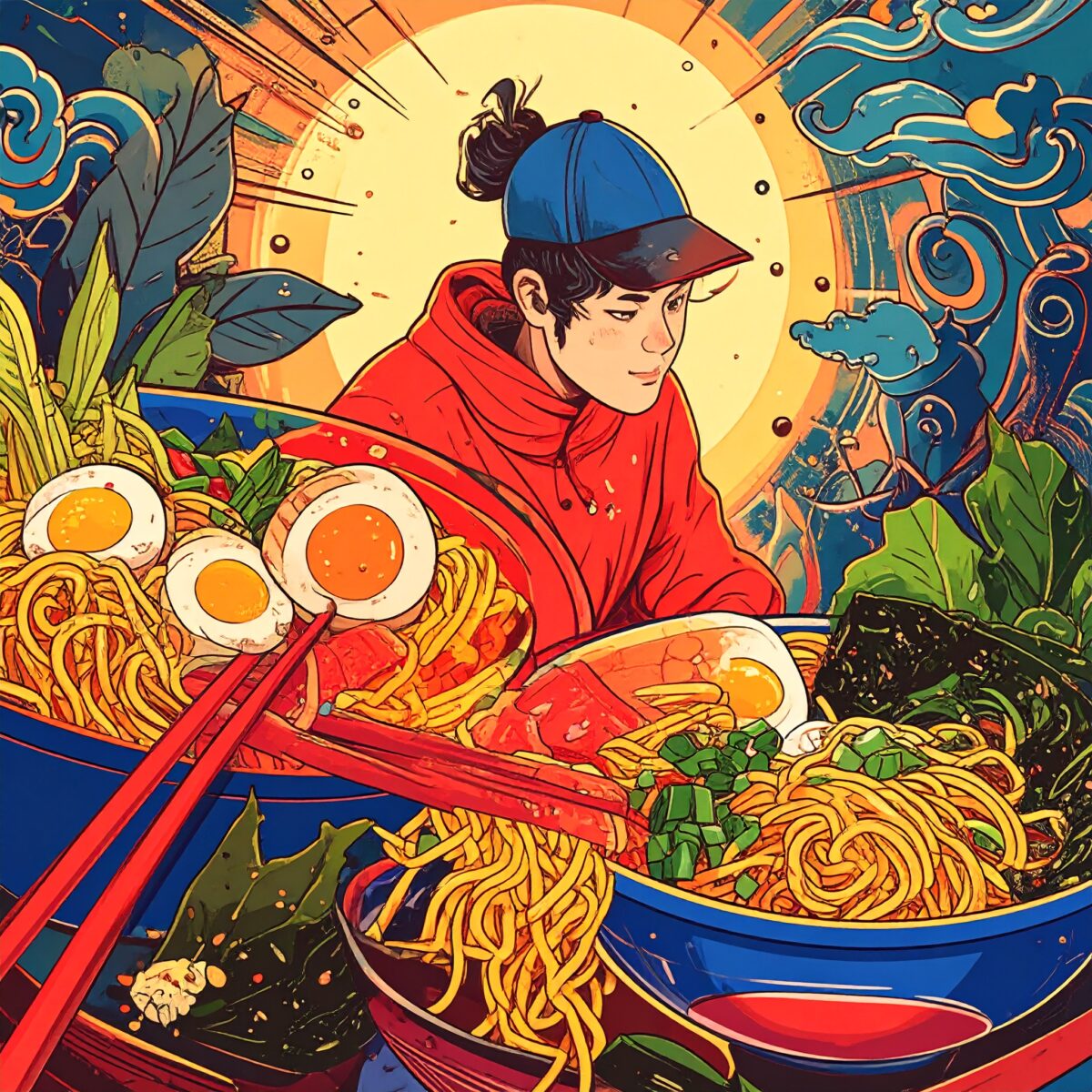Is Okinawa soba a type of ramen—or an entirely distinct culinary genre? In a quiet diner tucked away in a traveler’s journey, one may find themselves comparing a bowl of Okinawa soba with its more widely known counterpart, ramen. At first taste, there’s a familiarity—yet as the flavors unfold, a clear divergence emerges in taste, aroma, and ambiance. The experience becomes more than a comparison; it becomes an exploration of Japan’s intricate and regionally nuanced noodle culture. This article invites you to reflect on the delicate intersections and defining contrasts between ramen and Okinawa soba—while ultimately confronting a deeper question: What, truly, is ramen?
The Philosophy of Broth — Where Pork Bones Meet Bonito
Ramen broths are renowned for their complexity, ranging from rich tonkotsu to light seafood or chicken-based stocks, each crafted to reflect regional preferences and evolving tastes. Okinawa soba, by contrast, relies on a dual broth—melding the depth of pork bones with the clarity of katsuobushi (bonito flakes). The result is a soup that is both light and resonant, imbued with a subtropical elegance unique to Okinawa.
Where ramen broth often builds theatrical intensity through oils and sauces, Okinawa soba’s broth remains translucent and refined—a testament to Japan’s broader dashi culture, favoring restraint and balance over intensity.
Noodles as Cultural Expression
Ramen noodles, typically straight or wavy, are defined by their firmness and bounce—attributes derived from kansui, an alkaline mineral water. Okinawa soba, however, forgoes kansui in favor of slightly alkaline water, resulting in a thicker, softer noodle with a pleasantly chewy texture. Neither quite udon nor Chinese-style, Okinawa soba’s noodles occupy a category all their own.
This “in-between” nature underscores why Okinawa soba resists classification as ramen. Indeed, Japan’s Ministry of Agriculture, Forestry and Fisheries officially defines it not as soba, but as a distinctive wheat-based noodle dish—a culinary singularity shaped by climate, history, and cultural identity.
Toppings and Visual Identity
While ramen typically features chashu pork, seasoned eggs, bamboo shoots, and scallions, Okinawa soba presents an entirely different aesthetic. Its signature toppings include sanmai niku (braised pork belly), kamaboko (fish cake), and pickled red ginger—each offering distinct colors and aromas that immediately signal a separate culinary lineage.
In particular, the rich, sweet-savory flavor of the pork belly is deeply rooted in Okinawa’s unique seasoning culture, which draws on ingredients like awamori (Okinawan rice spirit) and black sugar. The result is a bowl that vividly reflects the rhythms and traditions of island life.
Atmosphere and the Culture of Eating
Ramen is often associated with the high-energy tempo of urban life—a quick, hearty meal that fuels the pace of the city. Okinawa soba, by contrast, is a daily ritual enjoyed at a gentler rhythm. It is the taste of everyday island life, often savored in open-air verandas or breezy corner cafés. Where ramen is frequently consumed under the hum of air-conditioning and fluorescent lights, Okinawa soba is eaten slowly, with the breeze as companion. Even in the act of eating, the gestures and surroundings speak volumes about the culture from which each dish originates.

Summary: What Is Ramen? Crossing Culinary Boundaries
Contemplating the distinctions between Okinawa soba and ramen naturally leads us to a deeper question: What truly defines ramen? Their ingredients, techniques, histories, and cultural contexts diverge—yet both continue to grace tables across Japan, warming hearts and nourishing bodies.
Though they may be distinct dishes, ramen and Okinawa soba are like siblings, born from the same ancestral stream of regional noodle culture. To savor their differences is to taste the wisdom, aesthetics, and lived traditions of local communities.




